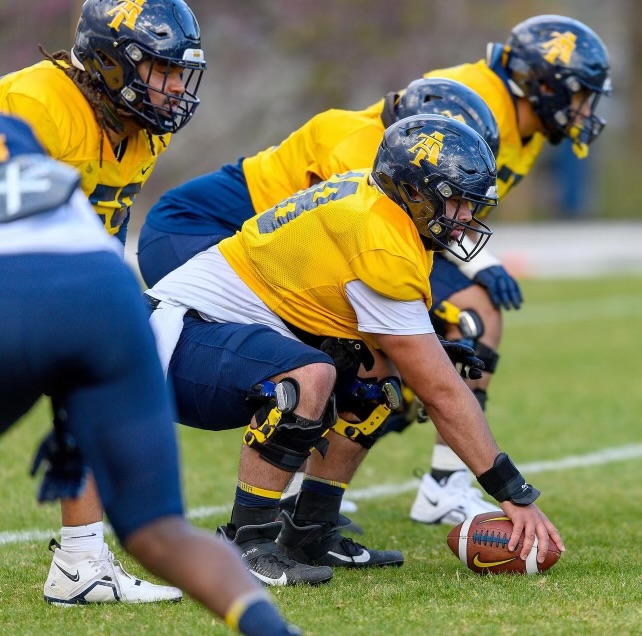There’s no disputing the fact that distracted driving is a huge problem in America.
According to statistics gathered by the National Highway Traffic Safety Administration (NHTSA), in 2008 nearly 6,000 people died and more than 500,000 others were injured in accidents caused by drivers who had their attention on something other than the road when they crashed.
The problem is especially significant among drivers between the ages of 16 to 19 who, according to the Insurance Institute for Highway Safety, are four times more likely than older drivers to be involved in car accidents. Inexperience is probably the reason for this.
Realizing the need to protect young drivers, and those around them, many states have passed laws recently that address distracted driving specifically. Seven states now prohibit drivers from using hand-held cell phones in the car while 21 states prohibit texting while driving. Many states have also placed limits on the number of passengers younger drivers can have in the vehicle when they are behind the wheel.
But cell phone use, bans on texting and driving and restrictions on the number of people in the vehicle are only a few of the distractions facing teens on the road. To prove they take driving safety seriously, parents should also discuss the following distractions with their teens and how to deal with them:
* Chatting with friends: It’s OK to have a conversation with the people in the car, but it’s not OK to take your eyes off the road to engage in that conversation. No matter what, teens need to always keep their eyes on the road.
* Playing DJ: There’s nothing like cruising the open road as your favorite tunes play in the background. But it is not OK to take your eyes off the road so you can switch CDs or radio stations. Teens should program their favorite radio stations into the presets so they don’t have to use the “seek” button to scroll through them. If they plan to listen to CDs or an iPod they should set up a playlist before getting behind the wheel.
* Eating on the go: Advise teens to park and eat after visiting the drive-thru, rather than trying to juggle a sandwich, fries and a soda while driving.
* Consulting directions: Reading maps or directions with one hand on the wheel can be dangerous. Instead, teens should map out their route ahead of time, and if they get lost, pull over and regroup.
Families seeking more formalized advice on safe driving practice can consult their auto insurance company’s website. Many companies have established programs that help parents and teens establish safe driving practices.
If you decide to enroll in a teen driving safety course, be sure to make that known when seeking car insurance quotes. Many companies offer discounts to those who go out of their way to prove they are serious about safe driving.
Courtesy of ARAcontent






